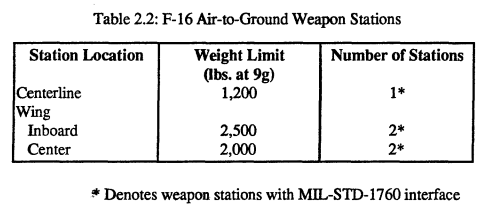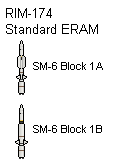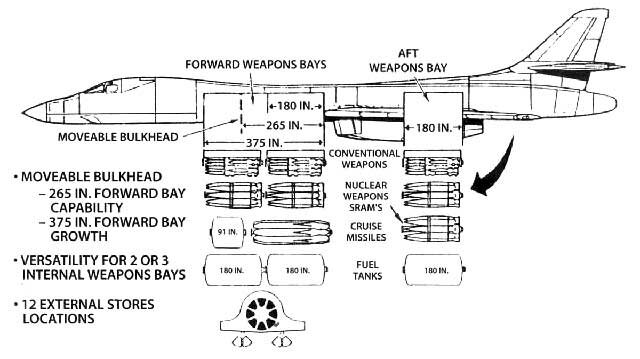Christopher Wang
ACCESS: Secret
- Joined
- 3 June 2021
- Messages
- 277
- Reaction score
- 591
I think If they managed make an air launched SM-6 then the rest F-16, F-15, F-35 should all be able to carry it
I could see an F-15 easily carry four SM-6s (Maybe five with a SM-6 suspended from the centreline store pylon).
As illustrated below by King (1995), each of the F-15E Strike Eagle's weapon stations, including the unused outboard wing stations, was stressed for the following capacity (p. 2-8):Weight wise it could carry as many as 7. Centerline, 4x on each CFT, and 2 under the wings. Might even be able to carry 2 more on the outer wing pylons, I'm not sure about their weight limits.
But I'd expect the F-15EX to have that big IRST pod on the centerline, and I'm not sure about total length available on the CFTs. Without the booster, an SM6 is about 4.7m long. So having the SM6s on the front and rear spots on the CFTs and the center CFT spots empty. Though now I wonder if there's enough space between the two rails on the CFTs for a ~42" wingspan weapon...
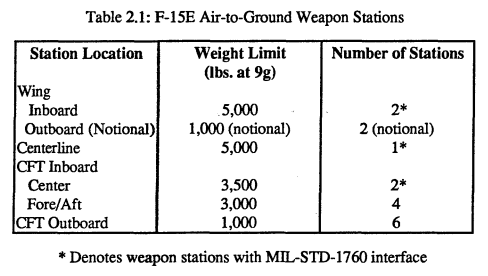
SOURCE: King, D. R. (1995). A Review of Fighter Aircraft Capability for Smart Bombs. Defense Technical Information Center. Retrieved from https://apps.dtic.mil/sti/tr/pdf/ADA300588.pdf
For comparison, here is the maximum possible AIM-54 Phoenix loadout for the proposed F-15N-PHX Sea Eagle with six Phoenixes and two to four Sidewinders:
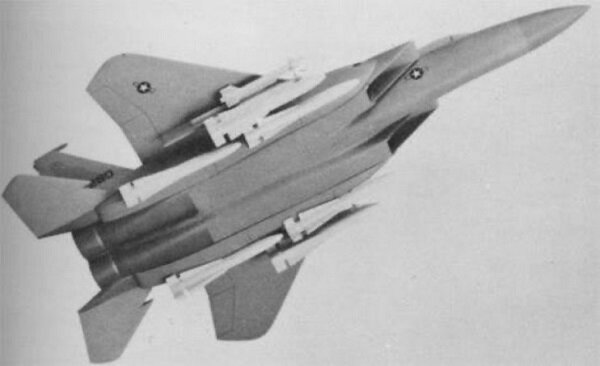
SOURCE: Nash, E. (2023, May 23). The McDonnell Douglas F-15N Sea Eagle. Ed Nash's Military Matters. Retrieved from https://militarymatters.online/forg...donnell-douglas-f-15n-sea-eagle-tomcat-rival/
Note that four of the Sea Eagle's Phoenixes are carried underneath the conformal fuel tanks or CFTs and the Phoenix is shorter and lighter compared to the booster-less Standard missile family. It should also be noted that even though the F-14 Tomcat was designed to carry up to six Phoenixes, it usually only carried two to four missiles.

